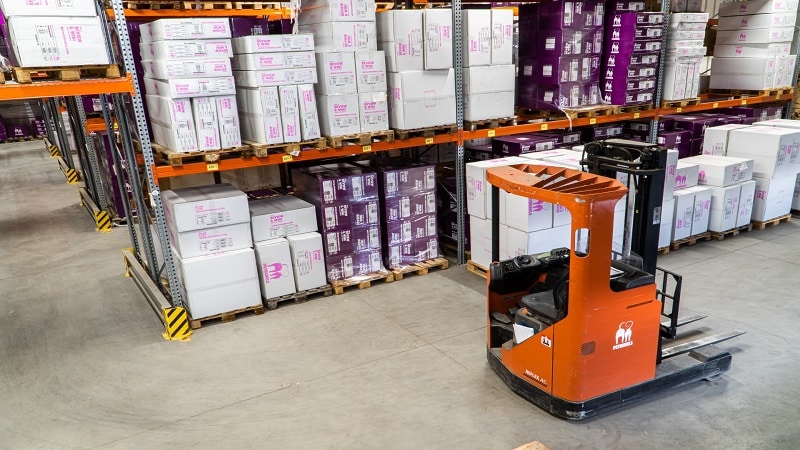
If you're looking for ways to improve your inventory management process, then you should consider looking at your key performance indicators (KPIs). By tracking these KPIs, you can get a better understanding of how well your inventory management system is working and where it needs improvement.
In this article, we will discuss the most important KPIs that you should be tracking to optimize your inventory management process.
Why your business needs to track KPIs

KPIs provide valuable insights that can help you optimize your business processes. By tracking KPIs, you can identify areas of improvement and make necessary changes to improve your overall efficiency. Additionally, KPIs can help you benchmark your performance against other businesses in your industry.
For example, if you're tracking the number of inventory items that are returned each month, you can use this KPI to identify trends in customer behavior. If you see a sudden spike in returns, it could be an indication that your products are not meeting customer expectations. By tracking this KPI, you can make changes to your product offerings or your return policy to improve customer satisfaction.
ATP – Available to Promise
ATP is a measure of how much inventory you have on hand to meet customer demand. A high ATP indicates that you have enough inventory to meet customer demand. On the other hand, a low ATP indicates that you do not have enough inventory. Moreover, ATP in supply chain management is an inventory metric that determines the date when the company will be able to supply a customer’s order.
You can also track your inventory days on hand by dividing your average inventory by your sales. This KPI measures how long it takes for you to sell your inventory. In that way, shorter inventory days on hand indicate that you are selling your inventory quickly and meeting customer demand in a timely manner
Your inventory turnover rate

The first KPI that you should track is your inventory turnover rate. This KPI measures how often your inventory is being sold and replaced. A high turnover rate indicates that your inventory is selling quickly, which is good for business. A low turnover rate, on the other hand, indicates that your inventory is not selling as quickly as it should be. To calculate your inventory turnover rate, simply divide your sales by your average inventory.
In addition, you should also track your inventory accuracy rate. This KPI measures how accurate your inventory records are. If you have a high inventory accuracy rate, then it means that your inventory records are up-to-date and accurate. However, if you have a low inventory accuracy rate, then it means that there are errors in your inventory records. To calculate your inventory accuracy rate, simply divide your number of accurate inventory records by your total number of inventory records.
Track your order fill rate
Another important KPI to track is your order fill rate. This KPI measures how often you are able to fulfill customer orders from your current inventory levels. A high order fill rate indicates that you have enough inventory on hand to meet customer demand. A low order fill rate, on the other hand, indicates that you are not able to meet customer demand due to stockouts. To calculate your order fill rate, simply divide the number of orders you filled by the total number of orders placed.
For a more detailed look at the fluctuations in your order fill rate, you can also track your stockout rate. This KPI measures the number of times that you were not able to fulfill an order due to a stockout. To calculate your stockout rate, simply divide the number of orders you were not able to fill by the total number of orders placed.
Measure your backorder rate
Another KPI that is important to track is your backorder rate. This KPI measures the percentage of orders that you are unable to fill due to stockouts. A high backorder rate indicates that your inventory levels are not meeting customer demand. To calculate your backorder rate, simply divide the number of backorders by the total number of orders placed.
For a swift and effective inventory management process, you should track these KPIs and work on improving the areas where you are falling short. By doing so, you can optimize your inventory management system and improve your overall business performance.
Check your lead time

Lead time is the amount of time that it takes for you to receive inventory from your suppliers. A shorter lead time indicates that you are able to restock your inventory quickly and meet customer demand in a timely manner. To calculate your lead time, simply subtract the date that your order is placed from the date that you receive your inventory.
Research the KPIs that are most relevant to your business and start tracking them today to get a better understanding of your inventory management process. Doing so will help you identify areas of improvement and make the necessary changes to optimize your system.





